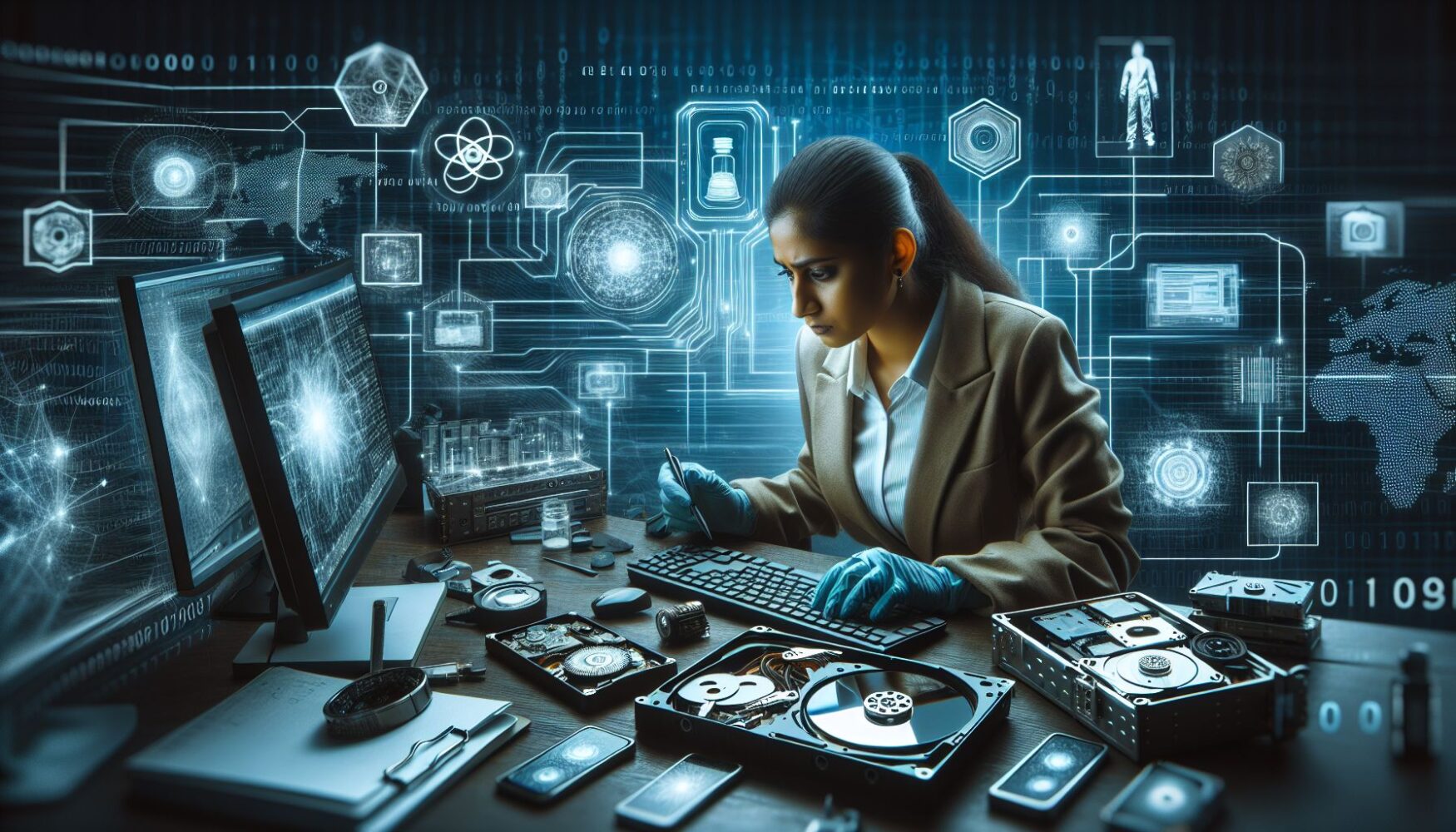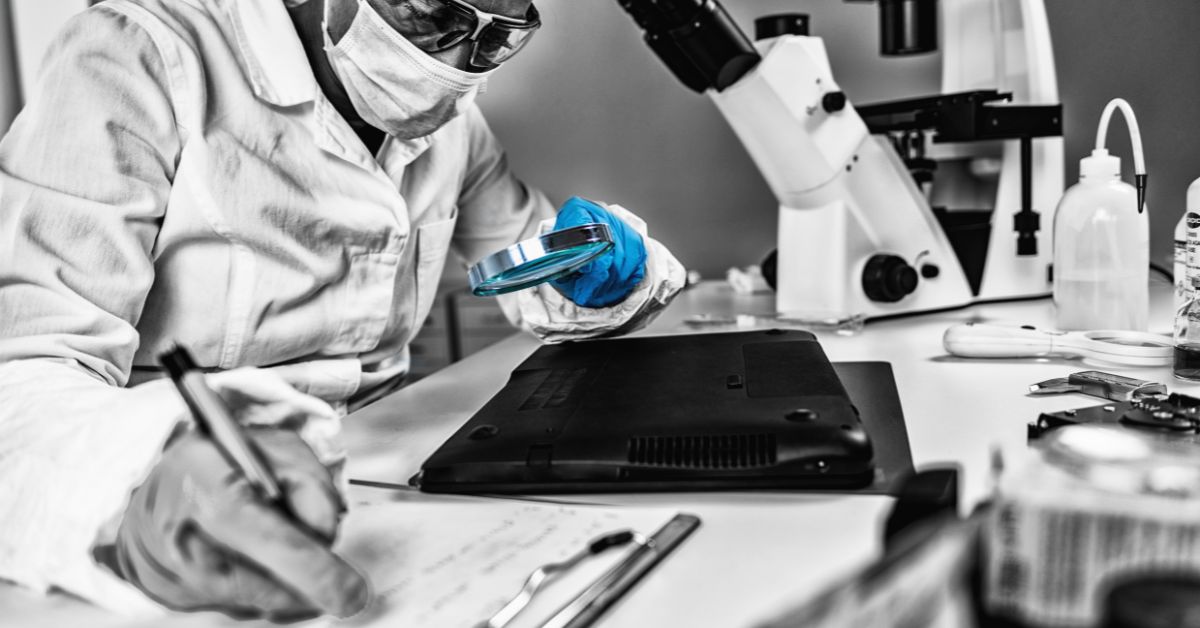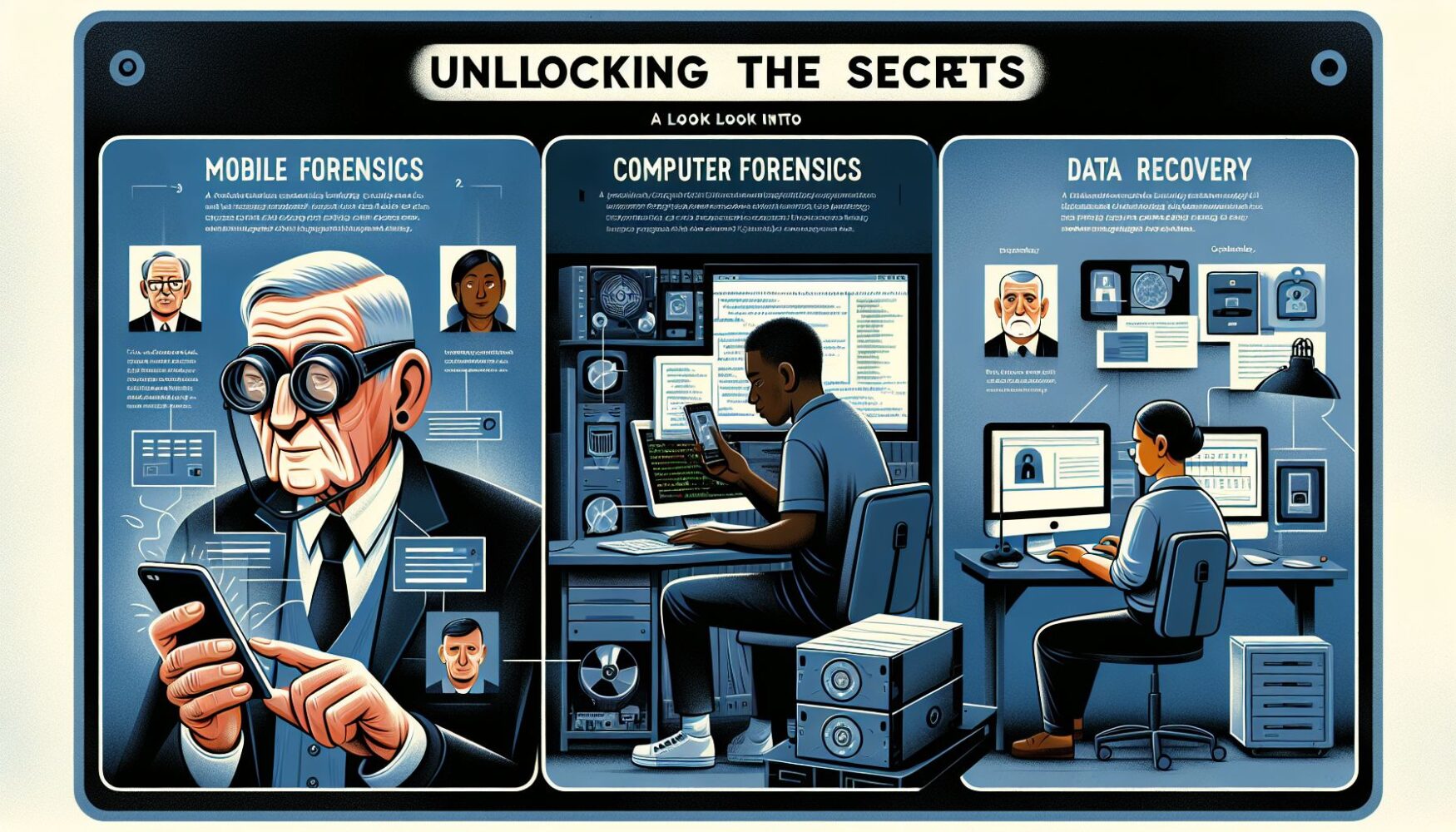In today’s digital age, our lives are increasingly intertwined with technology. From smartphones and laptops to cloud storage and social media, we leave a digital footprint wherever we go. This has created a new frontier for forensic experts: mobile forensics, computer forensics, and data recovery.
Introduction
Mobile forensics involves extracting, analyzing, and interpreting data from mobile devices such as smartphones and tablets. This includes recovering call logs, text messages, photos, videos, and app data. Computer forensics, on the other hand, focuses on investigating electronic devices like desktops, laptops, and servers to gather evidence for legal proceedings. Data recovery, meanwhile, is the process of retrieving lost or deleted data from storage devices.
The Importance of Forensics
Forensic analysis is crucial in criminal investigations, civil litigation, employee misconduct cases, and cybersecurity incidents. It can provide valuable evidence that can make or break a case. For law enforcement agencies, forensic experts play a key role in solving crimes and bringing perpetrators to justice. In the corporate world, forensic analysis can uncover fraud, intellectual property theft, and other forms of misconduct.
Challenges in Forensics
However, conducting mobile forensics, computer forensics, and data recovery is not without its challenges. With the rapid advancement of technology, new devices and software are constantly being introduced, making it difficult for forensic experts to keep up. Moreover, the use of encryption and other security measures can hinder access to data, requiring sophisticated tools and techniques to bypass.
Tools and Techniques
Forensic experts use a variety of tools and techniques to extract and analyze data from mobile devices and computers. This includes software like Cellebrite, Oxygen Forensic Detective, EnCase, and FTK Imager. These tools allow experts to create forensic images of devices, recover deleted files, and analyze data in a forensically sound manner. In addition, experts may use techniques like data carving, timeline analysis, and network forensics to uncover hidden clues.
Best Practices
When conducting forensic analysis, it is important to follow best practices to ensure the integrity and admissibility of the evidence. This includes documenting the chain of custody, maintaining a forensic imaging log, and using write-blocking hardware to prevent alterations to the original evidence. In addition, forensic experts must adhere to legal and ethical guidelines to protect the rights of individuals and uphold the integrity of the investigation.
Conclusion
Mobile forensics, computer forensics, and data recovery play a critical role in today’s digital world. As technology continues to evolve, forensic experts must constantly adapt and innovate to stay ahead of the curve. By leveraging the latest tools and techniques, following best practices, and upholding ethical standards, forensic experts can unlock the secrets hidden in digital devices and help bring justice to those who seek it.





